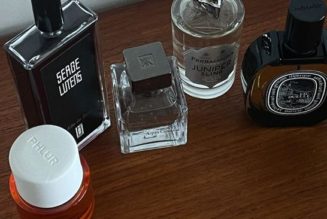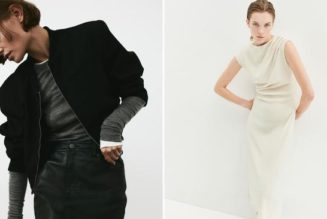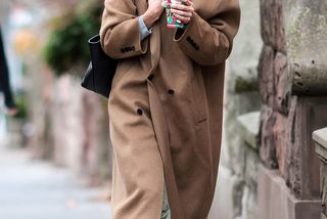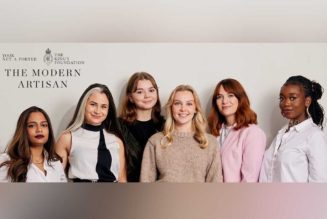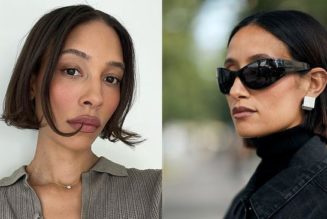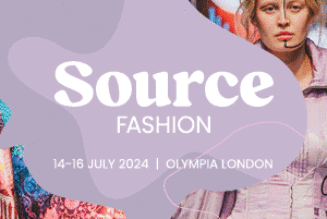With this Sunday marking the start of the Lunar New Year, the West’s major fashion houses are hoping that they — like the rabbits they’ve plastered across handbags, shoes and apparel to mark the occasion — will also benefit from an unexpected boost during the festive season.
“In 2021, all luxury brands were winning, but 2022 was a much more difficult year — a real roller coaster for brands with all the lockdowns… and consumer sentiment at an all-time low,” said Imke Wouters, a Hong Kong-based partner at Oliver Wyman, in a video call, adding: “There are still brands which are doing very well, but a lot are not doing so well, particularly towards the end of (last) year.”

Mulberry’s Lunar New Year collection features Dutch cartoon rabbit Miffy. Credit: Mercis bv

Mannequins wearing rabbit headbands in the window of the Loewe store on New Bond Street in London, UK. Credit: Jose Sarmento Matos/Bloomberg/Getty Images
But Oliver Wyman’s latest report suggests that, despite the uptick, still only 19% of Chinese people intend to travel over the festive period. Of those, some 88% will do so domestically and around half are traveling to visit family, not for leisure.
The gradual return of travel may also eat into the disposable income available for fashion. According to Wouters, among the 1.5 million people who spent money on luxury goods in China in 2021, half were doing so for the very first time. One of the reasons, she said, “is because they didn’t travel,” meaning that they may now “have to make the same trade-off” between taking trips and going shopping.
To stay or to go?
However, the long-term question is not necessarily whether Chinese consumers will start shopping again — it’s where they’ll do it.
Before the pandemic, around 70% of the country’s luxury spending took place overseas. Beyond the prestige associated with picking up goods in cities like Paris and Milan, traveling was a way to sidestep eye-watering domestic prices resulting from China’s heavy import taxes.

Prada’s sister brand Miu Miu this year eschewed the traditional red, a color that has previously dominated luxury labels’ Lunar New Year campaigns. Credit: Miu Miu
There have been fundamental changes to the way both Chinese shoppers and labels operate. With the majority of Chinese luxury spending shifting to mainland stores during the pandemic, Western brands have spent the last three years investing in their mainland boutiques.
“The offering in mainland China is significantly improved in terms of store experience, but also service level,” said Wouters, adding that the proportion of luxury spending that happens overseas, instead of domestically, “will never go back to what it was before.”
Brands have also been finding new ways to engage with customers and hosting fashion shows in the country. In August 2020, when Louis Vuitton would typically be unveiling its Spring-Summer collection at Paris Men’s Fashion Week, the French brand instead held a star-studded show on the banks of the Huangpu River in Shanghai. The likes of Dior and Prada have also hosted major shows in the country since the pandemic began.
Cultural understanding
The increasing nuance with which labels cater to Chinese audiences is reflected in this year’s collections, according to Bohan Qiu, whose Shanghai-based creative agency Boh Project works with fashion brands to engage with mainland consumers.
“For many years, all the brands came out with these big animal zodiac prints and everything’s in red,” he said on the phone from France, where he is attending Paris Fashion Week. “It’s not ‘wrong,’ but I feel like it’s not very contemporary anymore. I don’t know anybody, myself included, that I’ve seen buying an animal zodiac (luxury item) for the year.

A promotional shot from Prada’s understated Lunar New Year campaign, “Memories of Beauty.” Credit: Prada
“Aside from designs that are a little bit more humorous or funny, if you just put a really obvious animal print on things, it feels like lazy marketing nowadays,” he added.

Bottega Veneta’s campaign focuses on the theme of homecoming. A train painted in the Italian label’s signature green will travel across China bearing the message “on the roads that lead home, Happy New Year.” Credit: Bottega Veneta
Comparatively timeless designs not only have more chance of outliving the annual fashion cycle, Qiu said, they also demonstrate a better understanding of what today’s luxury shoppers are looking for.
“Tradition still matters, but how do we look at it in contemporary ways?”
Top image: A campaign image for Gucci’s Year of the Rabbit capsule collection.

